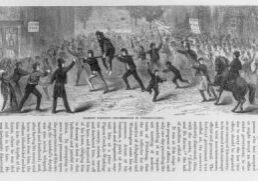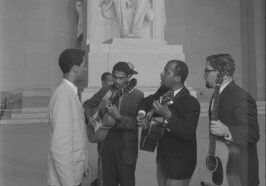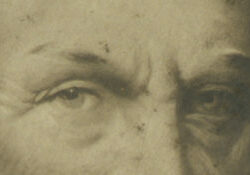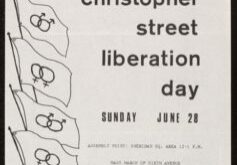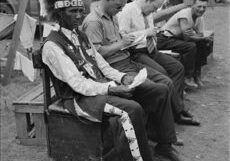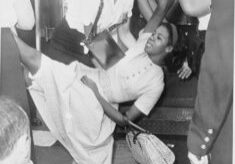Lesson Plans
This Is Not a Small Voice
Students analyze photographs from the 1963 March on Washington for Jobs and Freedom and read the poem, This Is Not a Small Voice by Sonia Sanchez to consider the power of using one's voice. After, students consider how they could use their voices and create a poem inspired by the one they just read.
Data Analysis to Drive Civic Action
Students consider civic action through primary source analysis, then examine and interpret data and use knowledge of civic life, politics, and government to discuss potential civic engagement.


